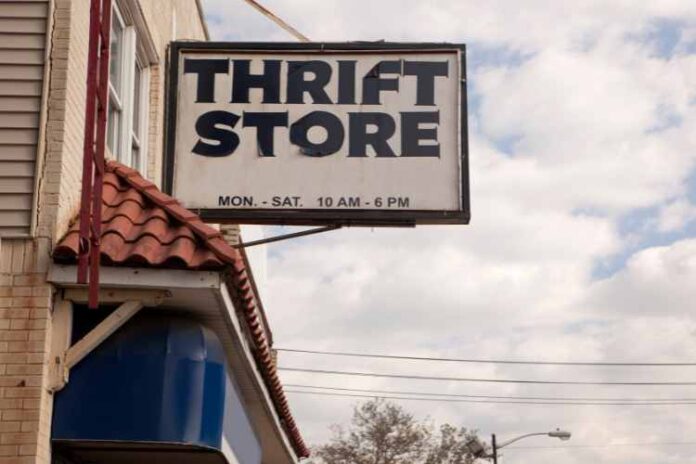A thrift store may seem like the ideal brick-and-mortar business at first glance. Instead of ordering stock, you garner donations from the community and serve the community in return. In the modern day, though, it pays to get your thrift store online with a strong presence. According to online business experts, 25% of consumers purchase goods online once every month, and 59% of those purchases are clothing. Grab these impulse shoppers with secondhand deals by boosting your thrift store’s presence online.
1. Upgrade To a Thrift Store Point of Sale System
Before you design a splashy new website or consider an online storefront, get the basics in order. If you’re cash-only or using an outdated register, it’s past time to upgrade to a well-designed POS system for thrift stores. This software not only handles your receipts and sales transactions, but it also tracks discounts for consistency.
Unlike other retail systems, dedicated thrift store software has features that make accepting donations easier as well as handling sales. You can begin offering donation pick-up services, taking appointments and even getting directions through this software. Send thank you notes and reminders to donors through the software to encourage repeat donations.
A thrift store is built on the strength and breadth of its donated stock. The more you can do to streamline the process and encourage donations, the greater your chances of success when moving your store online.
2. Take High-Quality Pictures of Your Items
With a donor-friendly POS system, you should have more appealing stock than ever to show off. Before you begin snapping pictures for your new and improved website and socials, set up a photo studio in a well-lit area of your store.
A cohesive and attractive online store has similar lighting, background and design across its product photos for a streamlined and professional effect. Here are a few tips for the best in-store photo setup:
- Make the background as plain and clear as possible to bring the focus to the merchandise.
- Use abundant natural light to give a clean and bright look that best represents the clothes. Consider taking all pictures at the same time of day for consistent lighting.
- Use mannequins rather than hangers to give a better sense of the shape of the clothing. If you have diversely sized mannequins, showcase them in pictures.
- Style items of clothing with accessories and bags you have in stock, but make sure not to include so many accessories that they distract from the clothes.
Once you have a suite of appealing inventory pictures, use them to make your thrift store’s website as impressive and beautiful as the store itself.
3. Design an Online Storefront
Online shopping can be a stress-relieving leisure activity just like in-person shopping. To capitalize on this, design an online storefront that’s intuitive, organized and inviting. The same principles you use in the layout and atmosphere of your thrift store should come into play online as well.
An online storefront is a complicated endeavor, but there are many resources and templates to make building one easier. Organize your listings by clothing type, the same way you use separate sections in your brick-and-mortar store. Position many listings in rows on each page to make it easy and seamless for customers to browse through stock. If you don’t intend to conduct transactions online, provide plenty of calls to action in your ad copy to entice online shoppers into your store.
4. Link Social Media Accounts
Young people are the ideal audience for a modern thrift store, as they want to be stylish and ecologically responsible on a budget. To encourage younger donors and shoppers, keep social media accounts up to date and feature them on your website. Limit posts to high-quality efforts, and try for between 5-10 posts per week.
Strong online presence can revolutionize your thrift store. Start with the right software in place, take the best pictures, and then leverage your website and social media platforms for the complete digital success package.


